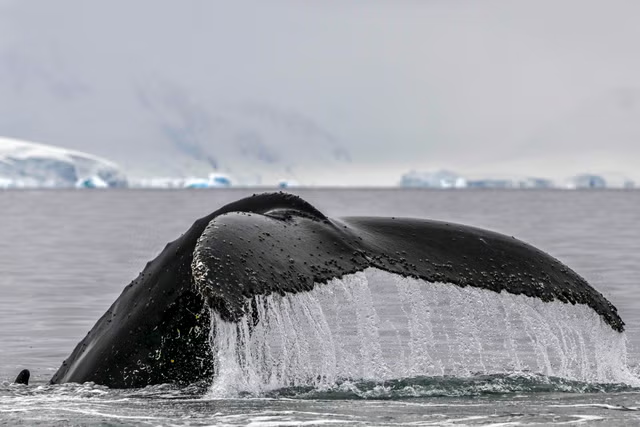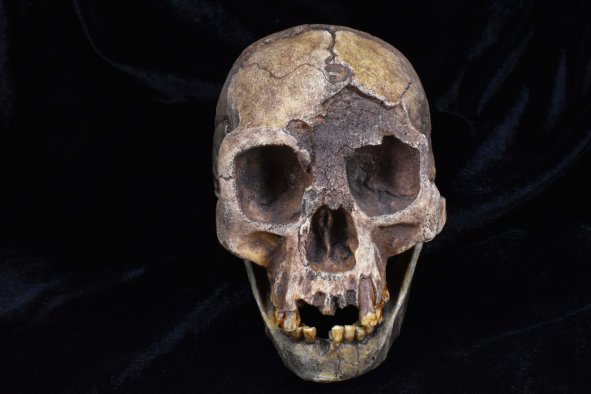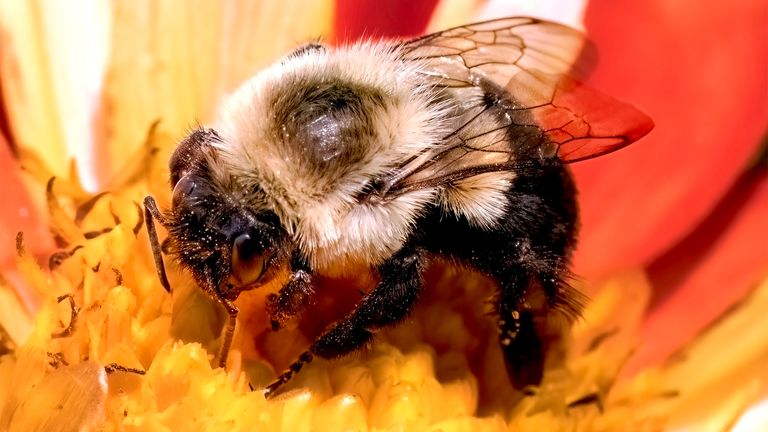The ice cover of Yellowstone Lake remains stable despite climate change, but scientists predict that a "tipping point" may be coming, where everything changes.
This will occur when the shift from snowfall to rain in the region reaches a crucial moment, they predict.
A study led by researchers at the University of Wyoming (UW) discovered that overall ice cover on the lake, despite the increased effects of rising temperatures, has stayed the same over the years.
This is strange, considering many lakes in the U.S. are experiencing record low levels of ice cover. In February this year, average ice coverage for all five Great Lakes stood at just under 3 percent. This was the lowest level recorded by the National Oceanic and Atmospheric Administration (NOAA) since its records began in 1973.
But Yellowstone Lake was bucking this trend in the timing of seasonal ice formation and loss, or ice phenology, as the scientists call it.
"We show that contrary to expectation, the ice phenology of Yellowstone Lake has been uniquely resistant to climate change," the authors wrote in the study. "The unchanging ice phenology of Yellowstone Lake stands in stark contrast to similar lakes in the Northern Hemisphere."
Yellowstone Lake lies in the middle of Yellowstone National Park, and is the highest elevation lake in North America, at 7,733 feet above sea level. The lake typically freezes over in late December or early January, and only begins to thaw at the end of spring as May comes to a close.
Although the unchanging ice cover seems puzzling, scientists do have a potential explanation. They believe an increase in snowfall around the lake may have served as a "buffer" against rising temperatures, meaning ice remained in place.
If there is more snow, then ice typically takes longer to melt. The study notes that spring snow levels nearly doubled over the last 100 years around Yellowstone lake. In fact, there was increased precipitation in fall as well.
"Using local weather data, we found some evidence for increased summer, fall and spring temperatures, primarily in the last three decades. Given the key role of air temperatures in driving ice formation and break-up, it is noteworthy that we did not find evidence for corresponding shifts in ice phenology," the researchers wrote.
"Our results, paired with recent analyses of climate projections, suggest a tipping point may be coming when ice phenology abruptly changes for Yellowstone Lake," they wrote. "This tipping point will largely stem from the ongoing shift from snow- to rain-dominated precipitation regimes in the fall and spring."
To reach their findings, the researchers led by Lusha Tronstad, a lead invertebrate zoologist with UW's Wyoming Natural Diversity Database and Department of Zoology and Physiology, looked at ice coverage data dating back to 1931.
They paired this data against climate records, and also compared Yellowstone Lake with other, similar lakes in Europe.
The data illustrated that there was lack of any drastic change in the lake's ice cover. This is despite the fact that Yellowstone temperatures have increased by 1.8 degree Fahrenheit since 1950.
Between 1980 to 2018, researchers, who also included Isabella Oleksy, a former UW postdoctoral researcher now on the University of Colorado-Boulder faculty, also noted that at the high elevation of Yellowstone Lake, there was an increase of 2.5 degrees.
Climate change is causing a myriad of unpredictable weather patterns across the world meaning scientists cannot say for certain how long a certain phenomenon will last.
It is not certain how long this consistent ice cover at Yellowstone Lake will go on for, particularly considering the ongoing warming and shifting precipitation patterns in the Rocky Mountains.
Do you have a tip on a science story that Newsweek should be covering? Do you have a question about Yellowstone Lake? Let us know via science@newsweek.com.
Disclaimer: The copyright of this article belongs to the original author. Reposting this article is solely for the purpose of information dissemination and does not constitute any investment advice. If there is any infringement, please contact us immediately. We will make corrections or deletions as necessary. Thank you.



